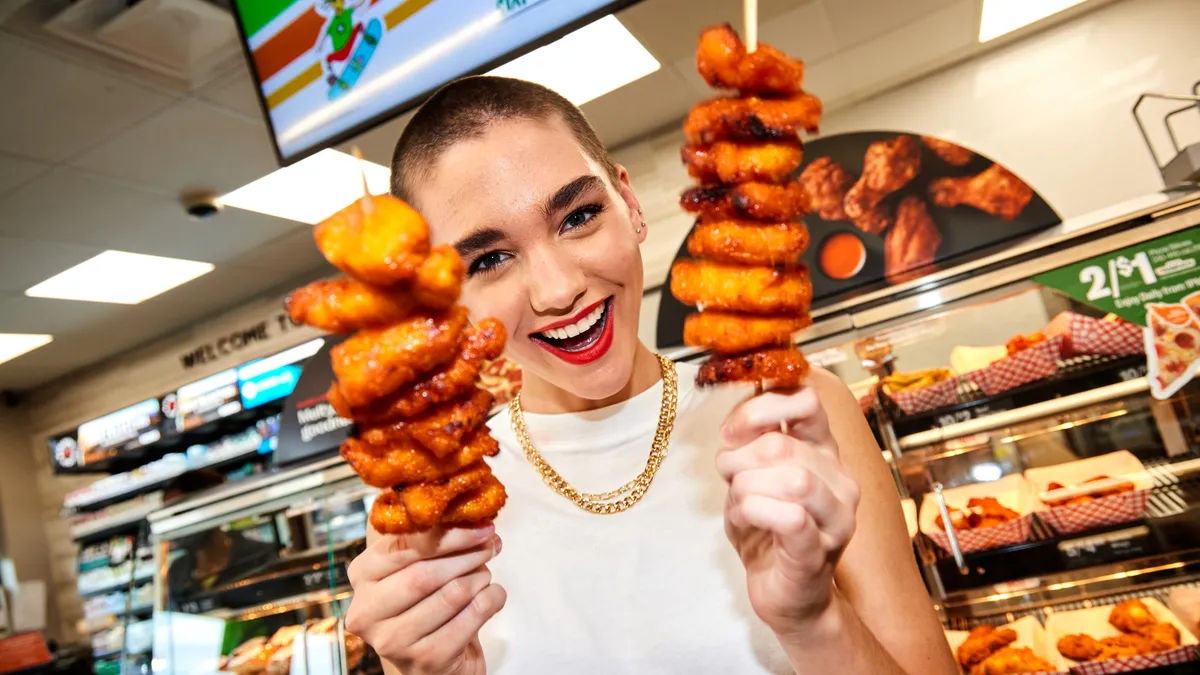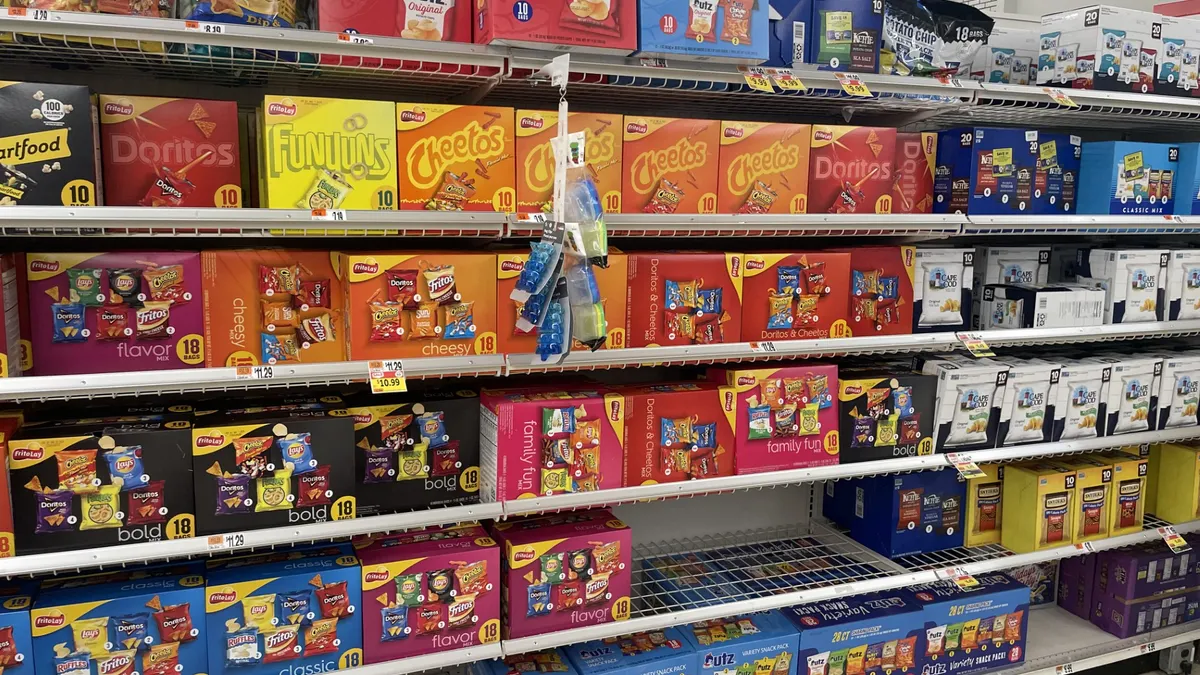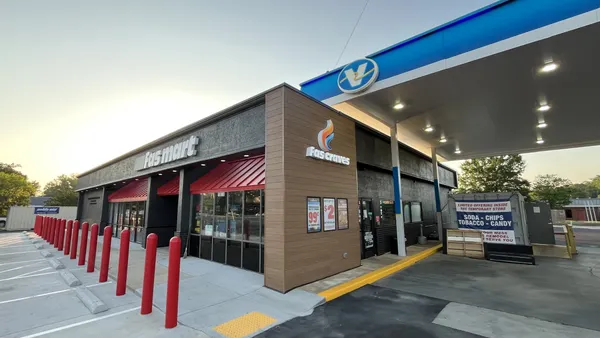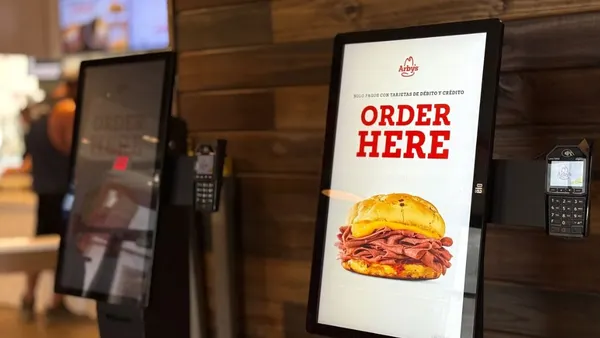Thanks to c-store operators increasingly bolstering their dining options, total foodservice sales soared 14.3% in 2022, according to preliminary data from the 2022 NACS State of the Industry survey.
Total foodservice — which includes prepared food, commissary and dispensed beverages — netted revenue of $677,897 per store, good for over a quarter of in-store sales, according to NACS. All categories saw a year-over-year increase, but prepared food performed the best, producing an average of $538,531 per store.
“Food is driving sales growth across the board,” said Bryan Street, manager of deli at Love’s Travel Stops, based in Oklahoma City, Oklahoma. “Year to date, Love’s Hot Food and Fresh programs account for over 50% of our total deli sales and margin, and 100% of the margin growth year over year.”
Loves’ hot sandwiches and fresh grab-and-go programs both boast a “robust menu mix,” with the hot food prepared on site for a high-quality result for customers, Street said.
While foodservice sales at York, Pennsylvania-based Rutter’s suffered at the start of Covid-19 and again last year, according to Chad White, food service category manager for the chain, "this year, we are beating last year and are up in almost every category. We are real happy with the way things are going today.”
White attributes a hike in both dollars and units to the high quality of products and extensive menu the 84-unit operator offers. “Any customer can find something they like,” said White. “You can bring in a whole family, and someone can have pizza, another has a waffle, and someone else has a chicken sandwich. We also allow customization of all of our items.”

Upgrading food and and beverage quality has also benefited retailers, as they effectively compete with QSRs and fast-casual eateries — and surpass them, in many cases.
“A top trend is definitely the more sophisticated approach to food offerings in the past 10 or so years,” said Anne-Marie Roerink, principal of 210 Analytics. “Many convenience stores have truly become a destination with a focus on quality and freshness.”
For example, some of H-E-B’s rebranded H-E-B Fresh Bites c-stores will include True Texas Tacos restaurants, which serve a variety of breakfast and specialty tacos and offer a salsa bar.
Texas Born Stores (TXB) is another foodservice innovator, offering hot items like birria quesadilla along with an array of cold, fresh grab-and-go items such as salads, said Jessica Williams, CEO of Food Forward Thinking, which helps c-store operators develop and elevate their foodservice offerings. Kum & Go, which rolled out a new fresh food program last year, now offers a “fresh take” on a made-to-order menu with its stackers and bowls, Williams said.
The top four trends in foodservice include offering a value compared to other competitors, streamlining menus to boost profitability, offering a mix of both indulgent and healthier fare and recognizing the value of breakfast programs.
Foodservice soaring due to value
While consumers are worried about inflation, c-stores’ grab-and-go foods offer both convenience and value, particularly when compared to QSRs and even fast casual restaurants.
“Consumers are experiencing tremendous pressure on income, between inflation, the elimination of the supplemental SNAP dollars, record credit card debt and more,” Roerink said. "Across channels and categories we see people pull back on units and volume as their primary way to save and balance those check books.”
Discounts and promotions that appeal to price-conscious shoppers abound. For instance, some 7-Eleven stores are offering $5 for 10 wings, a special available through the app.
“Every food category has price cliffs, where engagement drops drastically if retailers surpass a certain price point,” Roerink added.
The entire restaurant industry has been forced to raise prices, and many consumers say that even McDonald’s — once viewed as a value option — is “overpriced,” according to White. As a result, consumers are looking to c-stores for more affordable food.
Rutter’s not only offers discounts and promotions on its food items, but, White boasts, its food is “much higher quality.” For example, the company uses Angus beef in its burgers, offering customers more bang for their buck.
It revamped many of its menu items this year, focusing on elevating quality, according to White. For example, the company switched from breaded chicken strips to a four-ounce breaded chicken breast patty for its sandwiches.
“The strips were a little messy and our customer base is grabbing and eating in their car,” he said.
Rutter’s also upgraded its traditional chicken noodle soup to a chicken corn soup, provided by a local supplier.
As a result of consumers’ pricing concerns, it is vital for c-store operators to “continue that high top-of-mind awareness and being known for something, so that the trips keep coming,” Roerink noted. "That may mean continuing that visibility through promotions, billboards, ads, commercials, etc.”
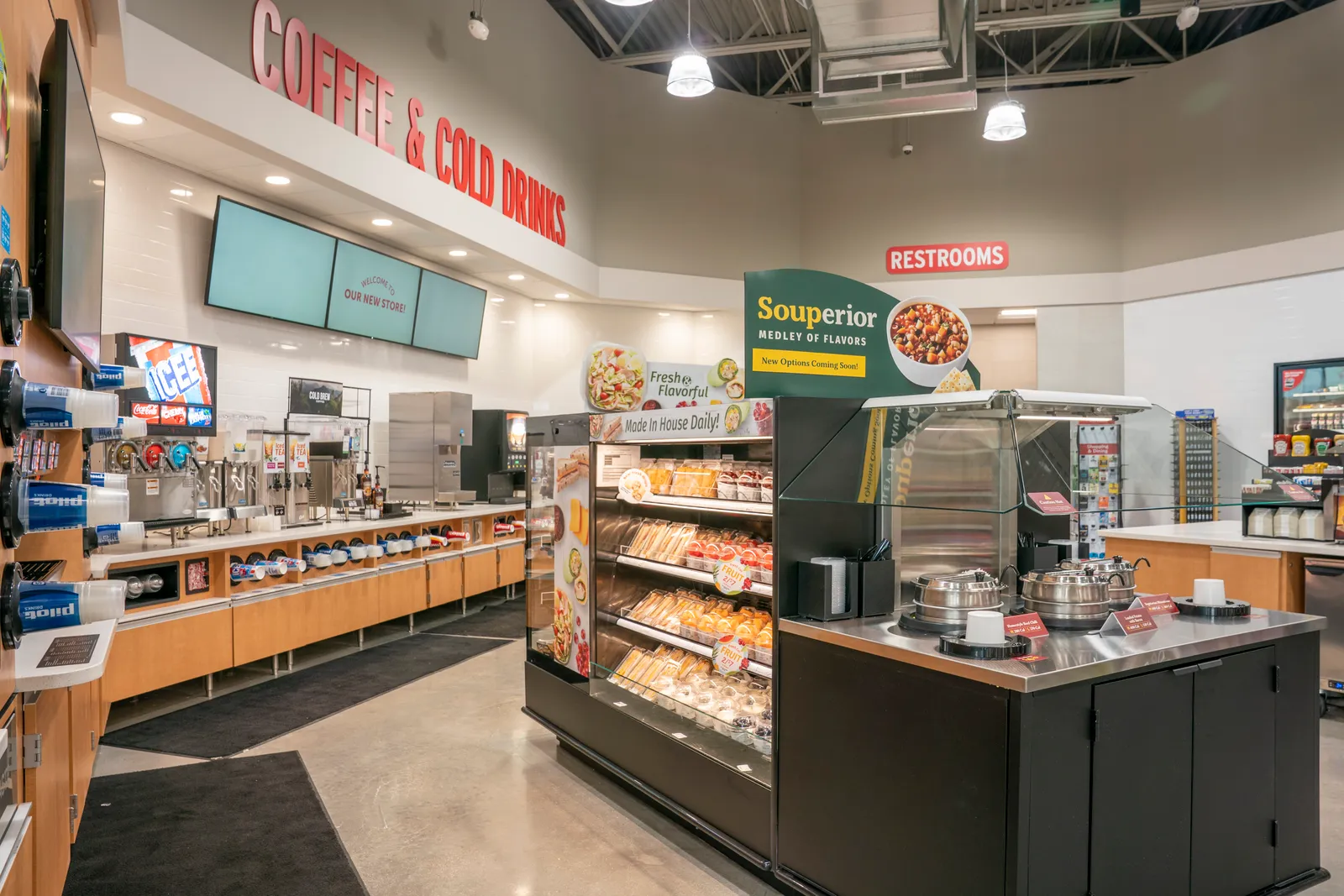
Streamlining menus hikes profitability
Similar to the restaurant industry, many c-stores have streamlined their menus since the start of Covid-19 to both reduce costs and boost profitability by focusing on core, top-performing items.
"Labor and cost of labor continues to be a challenge in the industry, from the store level to vendors and distributors. While sourcing and the availability of products has improved over last year, the cost of goods hasn’t,” Street said. As a result, Love’s refocused on its core items and streamlined the menu and the process for its operators, according to Street.
Rutter’s also went through a “menu rationalization” process over the last two years, which resulted in doing away with some items but also adding better-selling items — particularly limited-time offers such as peanut butter burgers, loaded potato pizzas, and pulled pork loaded fries.
“They have done very well and have gotten a lot of buzz on social media,” White said.
Indulgent products sell, but offer healthier fare too
Offering a mix of traditional “indulgent” and fried foods alongside healthier fare such as salads and plant-based offerings is key to foodservice success, operators and experts say.
For example, Rutter’s executives recognize that their “bread and butter” is in burgers and other indulgent items, but customizable salads have also been popular, according to White.
Similarly, Love’s has “built brand equity over the past few years in our food service programs with quality offerings,” Street said. “Love’s has offered a variety of healthy options — including salads and fruit and veggie cups — for years. We built our fresh program by focusing on salads and have evolved the category with wraps, sandwiches, snack trays and a range of indulgent items.”
Several c-stores are working with nutritionists and dietitians to develop menus with healthier options, according to Roerink. For instance, customers at kiosks can add extra vegetables, reduced-sodium sandwich meat, and fresh fruit smoothies to their orders.
“At the same time, convenience stores very much recognize that life is all about the continuum of sometimes ultra healthy and sometimes ultra indulgent,” Roerink said.
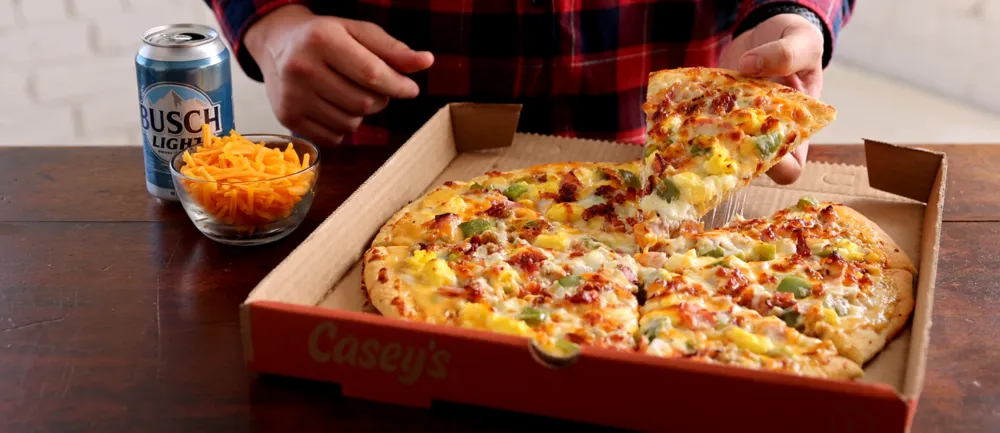
Breakfast foods are a big revenue driver
Breakfast offers c-stores the biggest opportunity, because its flexibility allows for more innovation, according to Street.
In 2022, Casey’s revamped its breakfast menu and saw a 17% year-over-year boost in morning food sales, a result the chain said “exceeded initial expectations.”
In late 2022, Love’s added its breakfast bowls to more than 450 locations. “We had tremendous customer and operator feedback on the program, with bowls prepared on site using fresh ingredients. Based off the reaction and the growing trend, we developed new BBQ breakfast bowls for the summer,” Street said.
“We expect this to be successful and serve as a launch pad in the evolution of food bowls in our hot and fresh food program,” he added.


